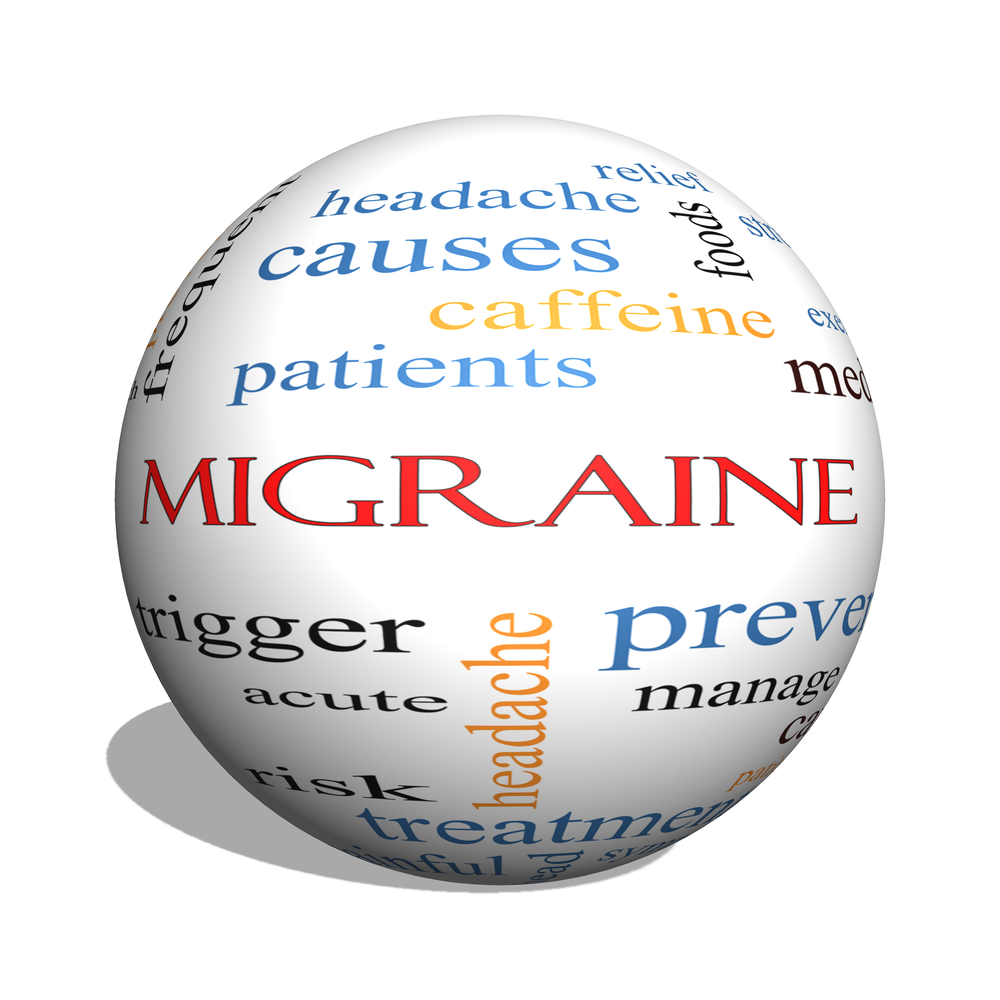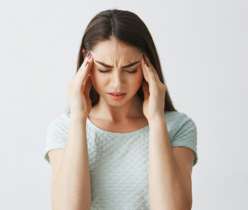Ever been held hostage by a headache? Don’t worry, you are not alone — migraine is an affliction that affects an estimated one billion people. Migraines can cause severe and painful headaches that can last for hours or even days.
Facts about migraine
A migraineis a chronic neurological disease that can cause intense throbbing in certain areas of the brain, and is often restricted to one part only. This condition occurs due to the enlargement of the artery located on the outside of the skull just under the skin of the temple (temporal artery). Migraine symptoms include nausea, vomiting and extreme sensitivity to light and sound.
Know more about Migraine
As per the National Library of Medicine, 12% Americans suffer from migraine headaches; more women are troubled than men. A migraine headache typically affects one-half of the head and can last from two to 72 hours. When a person gets a migraine attack he/she attempts to ease the pain by lying down in a quiet, dark place. According to researchers, one-third of people with migraine headaches experience a migraine aura, a neurological condition that causes visual, sensory, speech or motor disturbances.Sometimes a person can experience a migraine aura followed by a light headache, or none at all.
Symptoms and stages of migraine
Anyone can suffer a migraine. Beginning in early adulthood, it can cause recurrent headaches associated with autonomic symptoms.Migraine symptomsprogress through four stages which are:
• Prodrome stage Research shows about60% of people suffering from migraines experience this stagehours or days before the onset of the headache. Depression or euphoria, fatigue, craving for certain food, constipation or diarrhea, and sensitivity to smells or noise are some of the migraine symptomsthat people experience in this stage.
• Aura stage During this stage, a person suffers a broad range of neurological symptoms including visualizing shapes, bright spots or flashes of light, sensations in arms or legs and evenweakness in limbs. The aura stage can last for five to 30 minutes, and usually occurs before the headache.
• Headache stage In this stage,migraine sufferers experience head pain that can be severe, even unbearable. Symptoms like throbbing and pressing or squeezing pain,usually on one side of the head, are common during this stage. However, some migraine patients confront pain on both sides of the head or the forehead.
• Postdrome The stage after a migraine attack. Some people feel drained and some report a feeling of euphoria.
What causes migraine headaches?
Migraine is a painful condition, and the exact cause of it is a bit of a mystery. This is because researchers have identified various possible causes of migraine, but exact causes haven’t been declared yet. Some of the possible theories different studies have thrown up include:
• Irregularities in the brain’s blood vessel system may cause migraine episodes.
• Genes play a significant role because having a family member who has or has had migraine headaches increases the risk of you experiencing them.
• Abnormalities in brain chemicals can cause migraine.
Apart from these possible causes of migraine, there are various other causes that can trigger the condition. The most common migraine triggers include:
• Salty foods like cheese and salami
• Skipping a meal
• Consumption of alcohol and caffeine
• For women, fluctuations in estrogen levels
• Medications like Vasodilators and birth control can trigger or worsen a migraine headache
• Physical or mental stress can cause headaches because it damages your body and mind if you fail to control it effectively
How do you treat migraines?
Migraine has no cure, but you can manage the condition by taking medications and making some lifestyle changes.
Some medicines you can take are:
• Pain relieversAspirin and non-steroidal anti-inflammatory drugs (NSAIDs) like Ibuprofen are very useful in treating migraine symptoms. You need to be cautious when you use over-the-counter pain-relieving medications, as these may sometimes contribute to headaches. Moreover, overuse of pain relievers can cause rebound headaches or a dependency problem. So always consult your doctor before taking medication.
• Triptans These drugs help relieve pain and other migraine symptoms. Sumatriptan and Rizatriptan are medicines that fall under the category of Triptans. You can avail Triptans in nasal spray and injectable dosage form.
Apart from medications, various self-care measures can help migraine patients ease their pain:
• Relaxation is the best way to gain relief from a migraine headache. Progressive muscle relaxationtechniques, meditation or yogacan help lessen the discomfort.
• Try to get an adequate amount of sleep every night. Try not to oversleep because that can trigger the condition.
Conclusion
Though there is no permanent cure for migraine, it is an affliction that can be managed to help you lead a normal life.




